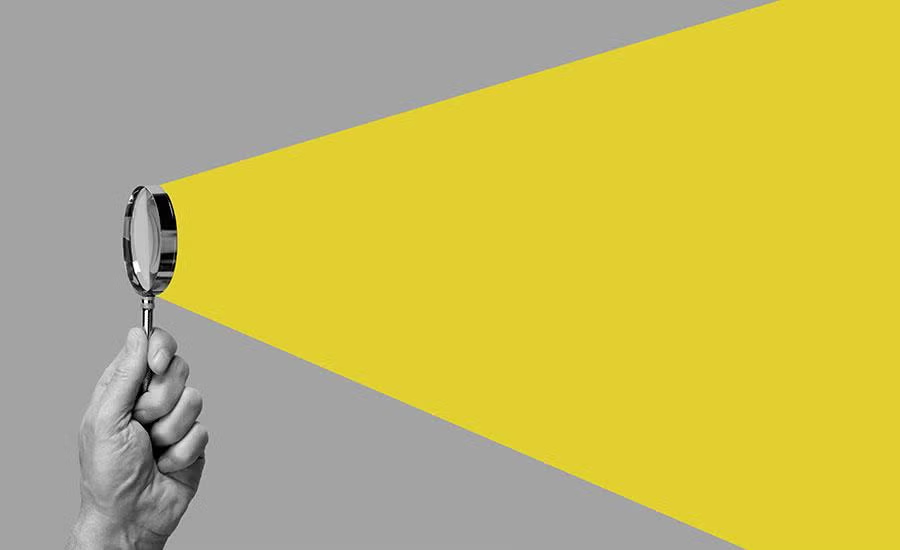
Does Light Have Energy?
by Dustin Blake
Does light have energy? In this lesson, students will engage in a practical experiment to witness how light can induce changes such as heating, altering colors, and setting objects in motion.
As homework, students will respond to statements in an Anticipation Guide, designed to gauge their existing knowledge about light, which they will revisit periodically in the course of this lesson (and unit). The central goal of this lesson is to provide students with an opportunity to articulate their initial thoughts and cultivate an understanding that light is a carrier of energy.
Lesson Grade Level
6th GradeLesson Plan Link/URL
https://docs.google.com/presentation/d/1zmUP5cjOBs9jKJ8izLLTo1YW7xW4bBZh/edit?u…Subject Area
Science Physical Science P4: Energy Transfer Earth and Space Science E1: Earth Systems Technology 3. Knowledge Constructor Engineering S2: Apply the Engineering Design Process S4: Apply Science to Engineering Mathematics Measurement and Data (MD) English Language Arts (ELA) Reading (Informational Text) Speaking & Listening
Featured
Off
Related Content

Grades:
3rd Grade
SUMMARY: This lesson challenges 3rd grade students to apply their knowledge of the physics of light by having them design, create, and test an obstacle course that their beam of light must navigate

Featured
Makey Makey Storyboards
Grades:
Kindergarten, 1st Grade, 2nd Grade, 3rd Grade, 4th Grade, 5th Grade, 6th Grade, 7th Grade, 8th Grade, 9th Grade, 10th Grade, 11th Grade, 12th Grade
This lesson takes students through the process of creating an interactive storyboard using a Makey Makey circuit board. This lesson can be adjusted for any grade level with examples given in the 4th

Grades:
3rd Grade
This third-grade STEM lesson introduces students to solar energy, the heat island effect, and data analysis. Students will use temperature gauges to measure different areas of the school at various